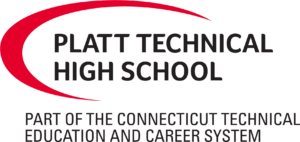Instructors
Program Description
The Robotics and Automation program within the Connecticut Technical Education and Career System (CTECS) aims to prepare students for careers in the rapidly growing fields of robotics and automation. This program is structured to equip students with the skills and knowledge necessary to excel in careers related to robotics, automation, and advanced manufacturing. The program emphasizes hands-on learning, critical thinking, and problem-solving skills.
The curriculum includes a blend of theoretical instruction and practical, hands-on experiences, including: Introduction to Robotics and Automation, Mechanical Systems, Electrical and Electronic Systems, Programming and Control Systems, Automation Systems, Robotic Design and Construction and Systems Integration.
Students will develop a wide range of job-ready skills, including: Analytical and problem-solving skills, Teamwork and collaboration, Project management and organizational skills, and Technical communication and documentation.
The program includes opportunities for internships and other work-based learning experiences to provide students with real-world exposure and practical experience in the field.

